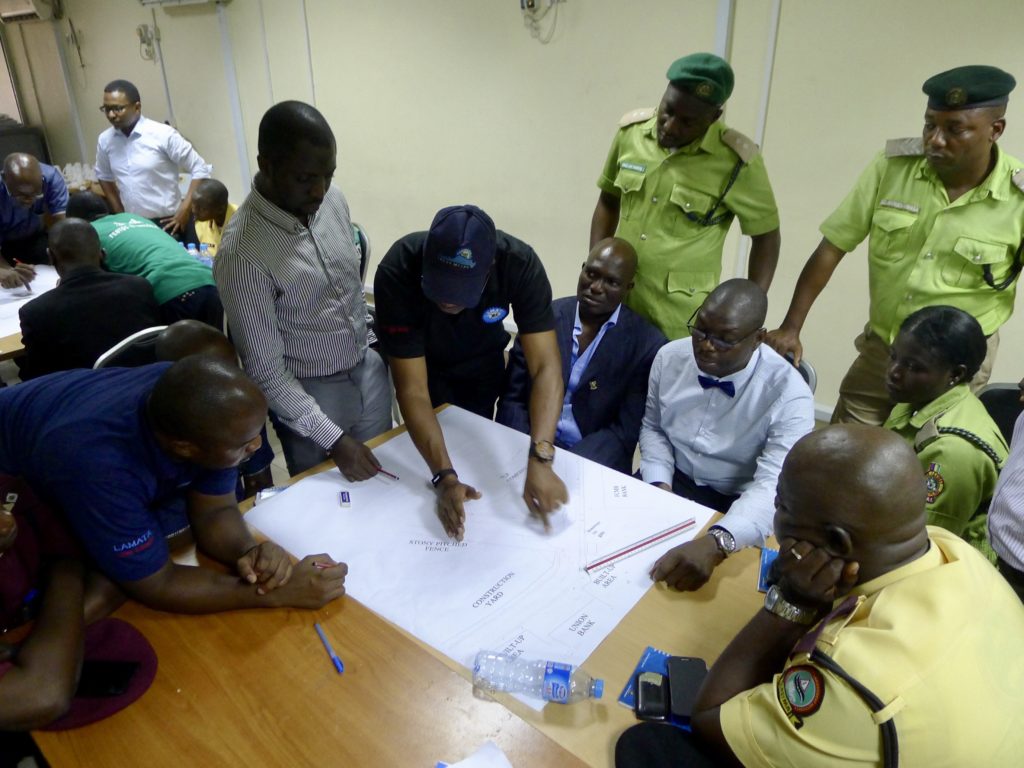Multiple agencies have a role to play in the implementation of an NMT strategies, as described in the table below. The implementation of NMT improvements therefore requires a collaborative approach. Regular convening of an NMT working group can help streamline the implementation process by facilitating interaction among relevant agencies.
Key agencies and responsibilities.
| Ministry | Responsibility |
| Transport ministry/department | · Provide political leadership and general oversight toward dissemination and implementation of the NMT strategy.
· Monitor progress over time. |
| Local government ministry/department | · Design and implement high-quality walking and cycling facilities.
· Update national street design standards. · Partner with academic institutions and technical organisations to conduct training programs for engineers, planners and other technical staff in the basics of street design. |
| Housing ministry/department | · Develop model building control rules and planning regulations. |
| Road agencies | · Design and implement high-quality walking and cycling facilities. |
| Road safety agencies | · Enforce traffic rules, educate street users, and identify where improvements are required to improve safety |
| Road fund agencies | · Ensure allocation of adequate budget for NMT development and maintenance. |
| Local authorities / transport authorities | · Design and implement high-quality walking and cycling facilities.
· Plan and implement bicycle sharing systems. · Develop greenway corridors with continuous walking and cycling facilities. · Oversee operations of the on-street parking management system. · Manage street vending. · Prevent encroachments on NMT facilities. · Conduct audits and surveys to monitor progress on implementation of the Strategy. · Manage local Urban Transport Funds. |
| Traffic police | · Control and manage traffic operations. |
